Quiz / Prize / Immigration / Burgers & Shakes / HiTech / Books

WHO, WHAT, WHERE, WHEN, AND WHY
1. Padma Lakshmi finally gets a chance to dish the dirt on Salman Rushdie, her former
spouse. After he painted an unflattering portrait of her in his memoir, many knew that
she’d get her turn. Lakshmi’s new memoir is titled Love, Loss, and What We Ate. What is
Rushdie’s memoir called?
(A) After the Fatwa (B) Joseph Anton (C) Shame (D) Midnight’s Misery
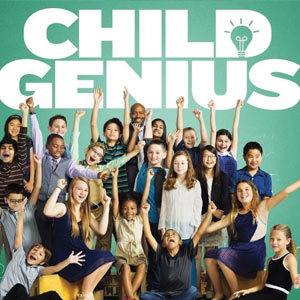
2. In the final round of Child Genius, a reality show which completed its second season on
Lifetime, 10-year-old Adrain Romoff (of Peachtree City, Georgia) beat 9-year-old Arnav Krishna
(New York) and 10-year-old Claire Pak (California) to win a scholarship that’s worth how much?
(A) $100,000 (B) $1 million (C) $1,000 (D) $10,000
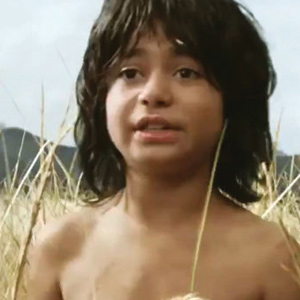
3. Neel Sethi plays the lead role in a new 3-D film that’s a live-animation adaptation of a Disney
film from 1967. The 12-year-old Indian-American from New York was picked from thousands
of boys in several countries. Which work by Rudyard Kipling inspired the film?
(A) Kim (B) Captains Courageous (C) The Jungle Book (D) Gunga Din
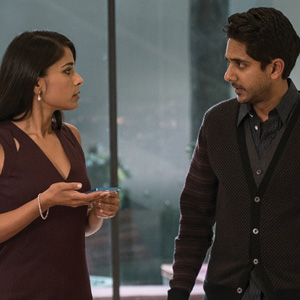
4. Techie twins Dilshad Vadsaria and Adhir Kalyan are billionaires, though not in real life. In
fact, they don’t work in IT and are not even related. As actors in a TV series called Second Chance,
they bring a man back to life after he’s killed in a robbery. On which channel does it appear?
(A) NBC (B) FOX (C) ABC (D) CBS

5. Melanie Chandra (née Kannokada) has an engineering degree from Stanford, but she now
plays the role of a medical doctor on the CBS show Code Black. A former corporate consultant,
Chandra founded an India-based nonprofit called Hospital for Hope. What was she in 2007?
(A) Miss India (B) Miss America (C) Miss India America (D) None of the above
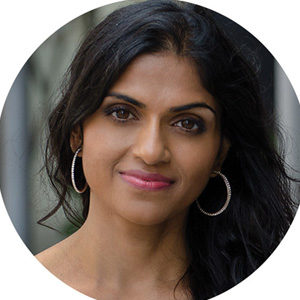
6. Saru Jayaraman, author of Forked: A New Standard for American Dining and co-founder of the
Restaurant Opportunities Center (ROC), helped to bring out a Diner’s Guide, which along with an
app rated their 100 most popular restaurants. What’s the rating based on?
(A) Food (B) Working & living conditions (C) Reviews (D) Location & ambience
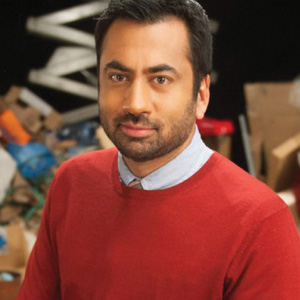
7. Kal Penn is back, but not as an actor. He’s the host of a National Geographic television
series (available on Netflix) called The Big Picture with Kal Penn, which crunches big data to explore
trends in crime, sex, food, sports, pandemics, etc. In which feature film did he appear?
(A) Slumdog Millionaire (B) Life of Pi (C) The Best Exotic Marigold Hotel (D) The Namesake
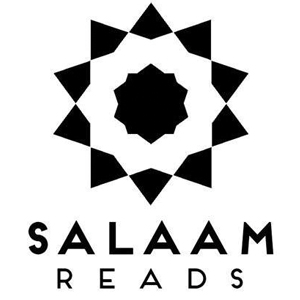
8. Simon & Schuster, one of the Big Five publishers, has launched a children’s imprint called
Salaam Reads, which focuses on titles featuring Muslim characters and stories. The books—four
have been acquired so far—will highlight culture, not theology. Where is the publisher based?
(A) London (B) New York (C) Boston (D) Chicago
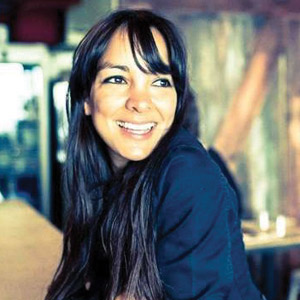
9. Sara Blakely, the Atlanta-based billionaire, is known for Spanx. But here comes
Thinx. It’s the creation of New York-based entrepreneur Miki Agarwal, who is of Indian and
Japanese heritage. What is Thinx, which was picked by Time magazine as one of the ‘25 Best
Inventions of 2015’?
(A) Outerwear (B) Hardware (C) Underwear (D) Software
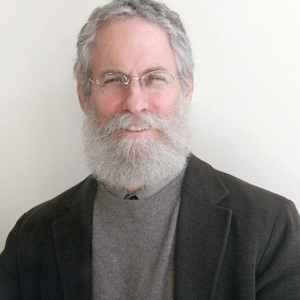
10. India-based Vande Mataram, which has Hindu nationalist leanings, asked for the dismissal
of Sanskrit scholar Sheldon Pollock as the Murty Classical Library’s general editor. Vande
Mataram aims to create its own library of English translations. Where is Prof. Pollock based?
(A) Columbia (B) Yale (C) University of Pennsylvania (D) Emory
[Answers are at the bottom of this page.]
$ $ $ $ $ $ $ $ $ $ $ $
HIGH-VALUE PRIZE FOR LOW-PRICE PRODUCT
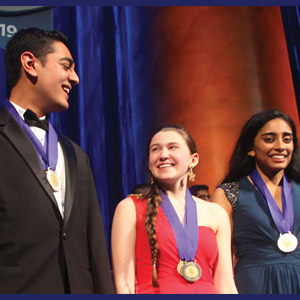
Intel disappointed science lovers when it decided to stop the sponsorship of its prestigious Science Talent Search awards. But that won’t be till 2017. Meanwhile, there were cheers when Intel created three categories and upped the first prize for each to $150,000. This year, two of these Medals of Distinction went to Indian-Americans: Maya Varma, aged 17, for Innovation; and Amol Punjabi, also 17, for Basic Research. Another 17-year-old, Paige Brown, got the third medal for Global Good. What’s more, there were three second place winners ($75,000 each), including Meena Jagadeesan (Basic Research) and Milind Jagota (Innovation)—along with three third place winners ($35,000 each), including Kunal Shroff (Basic Research) and Kavya Ravichandran (Innovation). An impressive achievement, needless to say.
While 300 semi-finalists were chosen from 1,750 high school applicants, that number was whittled down to 40 for the final competition. For the first time, there were slightly more females than males among the finalists. To win the top prize, Maya was able to create, with just $35, a smartphone-based lung analyzer to check for diseases. Amol also focused on diseases, though he developed software that helps drug manufacturers and co-wrote a paper on nanoparticles. Paige did research on the water quality of local streams and worked on low-cost filtration. Meena, turning to math, showed an unusual link between classes of graphs, and Kunal studied the deadly Huntington disease. Milind and Kavya researched nanowire networks and nanomedicine, respectively.
^ ^ ^ ^ ^ ^ ^ ^ ^ ^
SURGE IN IMMIGRATION FUELS DEBATE
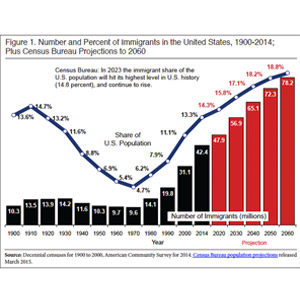
No issue in this crazy election year has been more radioactive than immigration. So here’s a question: Which state in the last 45 years has seen the biggest growth in the number of immigrants and their minor children? Answer: Georgia. It’s fuel for a simmering debate that shows no sign of ending. In Georgia, according to Steven Camarota of the Center for Immigration Studies, that segment of the population rose from 55,000 in 1970 to 1.75 million in 2015. It increased 25 times faster than the state’s overall population during that period. For the report, Camarota and Karen Zeigler analyzed government data from December 2015. Overall in the U.S., the number of immigrants and their minor children stands at 61 million. Not all are here legally—a sore point among conservatives in red states which have seen a surge in immigration. But it should be stressed that about 75 percent of these immigrants are here legally.
Only one state—Maine—saw a drop in its share of immigrants and their minor children. Among the top 10 states with the most increase, there were three other southeastern states: North Carolina, Tennessee, and South Carolina. In Georgia, the sharpest gain occurred between 2000 and 2015, when the share of this immigrant population jumped from 8.1 percent to 17.1 percent. In 1970, the U.S. had only 13.5 million immigrants and their minor children. This year, according to the Census Bureau, the U.S. can expect 1.25 million immigrants; last year it was 1.24 million. Indian immigrants account for roughly 10 percent of the inflow.
O | O | O | O | O | O | O |
BURGERS AND SHAKES WITH A TWIST

Did you know that Maggi is 130 years old? But not in its current form—which remains a highly popular instant meal in India, despite the recent scare that led to a temporary ban. To Maggi lovers, the name may sound Indian, but it’s actually Italian and can be traced back to Julius Maggi, who came up with the first ready-to-consume soup in 1886. While Maggi is a hit, Hitler is something else. Last year, when word got out that ice cream cones named Hitler, with the Fuhrer’s stern image displayed on the boxes, were being sold on the streets in India, it led to outrage and condemnation. Such controversies are rare, though. Usually, the person lending his or her name to a product is well liked and respected.
Take Harjit Sajjan. The Cannibal Café in Vancouver named a chicken burger after Sajjan, an observant Sikh and Canada’s Defense Minister. Improbably, the burger is called the Minister of Deliciousness. It’s a tandoori chicken patty, generously slathered with butter sauce and topped with cilantro, mint, and cucumbers. It even has pakoras! What was the minister’s verdict after he tried it? An enthusiastic thumbs up. And then there’s Priyanka Chopra, now surely India’s most recognizable film star here. Piggy Chops may be her nickname, but that did not inspire any subcontinental dish involving mutton chops. Instead, what she inspired was a milkshake. A West Hollywood restaurant called Millions of Milkshakes came out with the Exotic, which is also the name of her second single album. The milkshake contains bananas, almonds, and caramel sauce with vanilla ice cream, mixed with a ginseng drink. Sweet, indeed.
/ @ / @ / @ / @ / @ / @ / @ /
SMART CANES TO SMART MINING
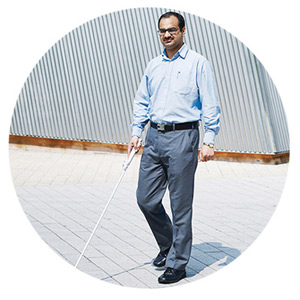
When Rohan Paul won an MIT innovation award for his SmartCane, it was for a product that started out as an undergraduate project at IIT a decade earlier. Back then, along with his colleagues, he’d been trying to help the blind navigate better on the streets of India. So what makes his cane different? Well, it’s hi-tech and only costs $50 because of a government and nonprofit subsidy. Another reason is that it’s easy to use, and unobtrusive. A small removable unit helps to detect objects up to three meters away, thanks to ultrasonic waves that make the cane vibrate. The closer one is the stronger the vibrations, making the cane so safe that tests showed 95 percent fewer collisions. Paul, a former Rhodes Scholar at Oxford, is now a post doctoral fellow at MIT.
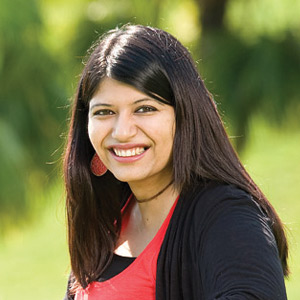
Smart mining is the brainchild of Privahini Bradoo, who was honored as an entrepreneur by President Obama. Better known as Priv, she’s the CEO and co-founder of BlueOak Resources, a California-based company involved in mining. No, not gold mines. BlueOak’s search for precious metals involves e-waste, the colossal quantities of electronic products discarded on a regular basis. Over 65 million tons of e-waste will be generated worldwide next year, according to a U.N. estimate. Bradoo, who has a Ph.D. from the University of Auckland and an MBA from Harvard, hit upon the idea of recycling e-waste when she was teaching at Singularity University. Besides finding gold in garbage, so to speak, this method helps the environment by reducing pollution and toxic landfills.
No wonder it’s called upcycling.
& & & & & & & & & &
BOOK MATTERS
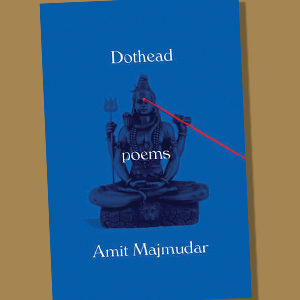
Dothead: Poems (Knopf), by Amit Majmudar. “Well yes, I said, my mother wears a dot,” reads the title poem’s first line, filling you with dread. But you’re also hooked, and when you finish his one-page poem—the hypnotic lines capturing a poignant, relatable childhood experience—you can see why it’s included in the eleventh edition of The Norton Introduction to Literature. Dr. Majmudar, a practicing radiologist, is a widely published poet. The New Yorker alone has published five poems from this collection, including “Dothead,” “T.S.A.”—which deftly touches on ‘brownness’—and “The Autobiography of Khwaja Mustasim.” Majmudar, Ohio’s first poet laureate, won the Donald Justice Prize for an earlier collection, and he’s also written two well-received novels. “Being precise where precision is correct and being vague where vagueness is correct—these are two qualities of a good poem, and of a good radiology report,” he once said.
At an Ohio town hall meeting, Majmudar asked Hillary Clinton a sharp question about Donald Trump’s rise.
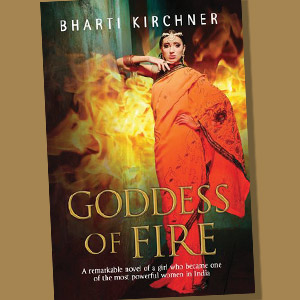
Goddess of Fire (Severn House), by Bharti Kirchner. The premise of Kirchner’s historical novel, set in 17th century India, can be jarring. Just as Moorti, a 17-year-old Bengali whose marriage lasted a day, is about to be burned on her husband’s funeral pyre, she’s rescued by—sigh—an Englishman. But no, this isn’t a ‘colonial’ yarn. Readers may want to discard any preconceived notions they have on how the story is going to unfold. Romance plays a role, no doubt—but more than that, it’s an exploration of the encounter between East and West, the ruled and the ruler, tradition and modernity. And it’s told from Moorti’s perspective. Though only a teen, she’s a proto-feminist who survives a harrowing ordeal and learns to thrive in a harsh world. Kirchner—the author of Darjeeling and Shiva Dancing, among other books—uses her narrative skill to add depth and layers, giving us what the British writer Farrukh Dhondy calls “a compulsive addition to Indian, or indeed international, historical fiction.”
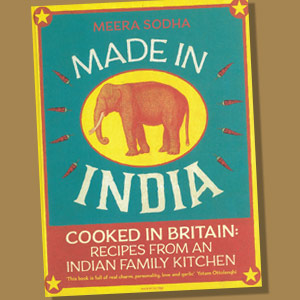
Made in India (Flatiron Books), by Meera Sodha. A top 10 best seller in Amazon’s category for ‘Cooking, Food & Wine – Indian,’ Sodha’s book brings together more than 130 recipes gathered by her family over three generations. Sodha didn’t even live in India; she grew up in the U.K. and was greatly inspired by her mother’s cooking. Think of Made in India as a kitchen guide that was stitched together by chronicling the food obsessions of a family spread across western India, the U.K., and eastern Africa. The book is organized like a menu, starting with appetizers (pea kachori or fire-smoked eggplants, anybody?) and moving on to vegetable and meat dishes, sides, legumes and grains, desserts, chutneys and pickles, and drinks. The recipes—a mix of worthy old hits and novel contemporary twists—are put together in an easy-to-use format, interspersed with delightful family pictures and helpful tips for those unfamiliar with Indian cooking. It’s not intimidating, which perhaps accounts for its popularity.
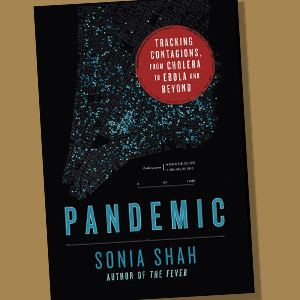
Pandemic (Sarah Crichton Books), by Sonia Shah. SARS, Ebola, Zika. Mentioning them is enough to show that pandemics cause panic, even in the West. Shah’s timely book sheds light on why the CDC is often in the headlines. There was a time when advanced nations were said to be no longer susceptible to pandemics. Then came AIDS. An award-winning science journalist, Shah shares her own experience with a MRSA infection, and she crisscrosses the world to track microbes and microbe hunters. She writes about previous outbreaks (malaria, influenza, cholera), talks about deadly mutations, and shows that epidemics present a herculean challenge because, while they grow exponentially, “our ability to respond proceeds linearly, at best.” Shah, who also wrote The Fever, realized that the focus on a disease tended to start after it’s entrenched in the population. “And yet it’s the backstory that is the most important one of all, for it gives us the knowledge we need to prevent pandemics from taking hold in the first place,” she writes.
>>>>>>>>>>>>>>
[Answers to the quiz: 1=(B). 2= (A). 3= (C). 4= (B). 5= (C). 6= (B). 7= (D). 8= (B). 9= (C). 10= (A).]
Enjoyed reading Khabar magazine? Subscribe to Khabar and get a full digital copy of this Indian-American community magazine.
blog comments powered by Disqus










